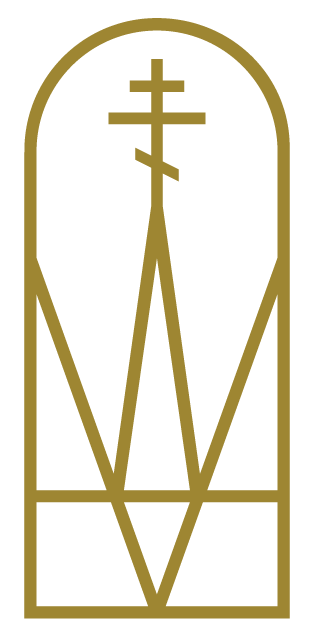Aug. 16: Translation of the Image “Not-Made-by-Hands” (Горіховий спас)
As excerpted from Orthodox Wiki and Kitchen Epiphanies.The translation of the image (icon) “Not-Made-by-Hands” is celebrated on August 16. It is the third of the three "Feasts of the Savior" in August. (The first is the Procession of the Holy Cross (Aug. 1st), and the second is the Transfiguration of the Lord on August 6.)
About the Feast
An icon of the Image “Not-Made-By-Hands”
During the time of the earthly ministry of the Savior, Abgar, ruler in the Syrian city of Edessa, was afflicted with leprosy. Reports of the great miracles performed by the Lord extended throughout Syria (Matt. 4:24) and as far as Arabia at this time. Although not having seen the Lord, Abgar believed in Him and wrote a letter requesting Christ to come and heal him. Abgar sent his court painter, Ananias, with this letter to Palestine telling him to paint an image of the Divine Teacher. Ananias was not able go to near Christ because of the great many people listening to his preaching. He attempted to produce an image of the Lord Jesus Christ from afar, but could not. The Lord called Ananias and promised to send His disciple in order to heal Abgar from the leprosy and instruct him in salvation. Then the Lord called for water and a towel. He wiped His face with the towel, and on it was His Divine Image.
The Savior sent the towel and a letter to Edessa back with Ananias. With thanksgiving Abgar received the sacred objects and began to heal. He continued healing until the arrival of the disciple Thaddeus, Apostle of the 70. The Apostle preached the Gospel and baptized Abgar and all those living in Edessa.
City of Edessa (currently named Urfa)
Having written on the Image Not-Made-By-Hands the words, “Christ-God, everyone trusting in Thee will not be put to shame,” Abgar adorned it and placed it over the gates of the city. For many years it was venerated by those who passed through the gates. Edessa, a great-grandson of Abgar, fell into idolatry and was determined to remove the image. In a vision, the Lord ordered the Bishop of Edessa to conceal the image. The bishop and his clergy at night, blocked up the niche with clay tablets and bricks inclosing with it a lit lampada. Many years passed by and the inhabitants forgot about the Holy Object.
In the year 545, the Persian King Chroses I, besieged Edessa, and all seemed hopeless. But Bishop Evlavios was commanded by a vision of the Theotokos to get from the enclosed niche the image with which to save the city from the adversaries. Dismantling the niche, the Bishop found the Holy Image; before it burned the lampada and on the clay tablets, with which the niche had been enclosed, was a similar image. After preceding with the Cross and the Image Not-Made-By-Hands around the walls of the city, the Persian army miraculously departed. In 630, Edessa was seized by Arabs; but they did not hinder veneration of the Image Not-Made-By-Hands. In 944 the Emperor Constantine Porphyrogenitus (912-59) requested that the Image be brought to the Capital of the Orthodox. With great honor the Image of the Savior Not-Made-By-Hands was brought by the clergy to Constantinople. On August 16 the Image of the Savior was placed in the Pharos Church of the Most-Holy Theotokos.
There are several traditions concerning the fate of the Image Not-Made-By-Hands. One is that it was carried away by Crusaders during the time of their dominion over Constantinople (1204-61), but the ship on which Holy Objects had been taken, sank in the Sea of Marmora. Another is that the Image Not-Made-By-Hands was taken about 1362 to Genoa, where it was presented to and preserved in a monastery dedicated to the Apostle Bartholomew.
Celebration of the Feast
In Ukraine this feast day is also known as Horikhovyy abo Khlibnyy spas - Горіховий або Хлібний спас - nut or bread spas, celebrating the harvest of hazelnuts, walnuts, grains. A special bread (korovai), baked from flour milled from newly harvested grain and nuts are often brought to church to have blessed. This final feast day is a farewell to summer and preparation for autumn and cold weather.
A recipe (in Ukrainian) of korovai with nuts.
Bring Nuts and Grains to Have Blessed!
You are welcome to bring nuts, grains and flowers to have blessed on the following Sunday.
*NOTE: August 15 is the feast of the Dormition of the Theotokos, the Mother of God. On her feast day, there is a tradition to bring flowers to church to have blessed. You are welcome to bring both nuts, grains and flowers to have blessed on this feast day.
Read about the traditions of the Dormition of the Theotokos.


